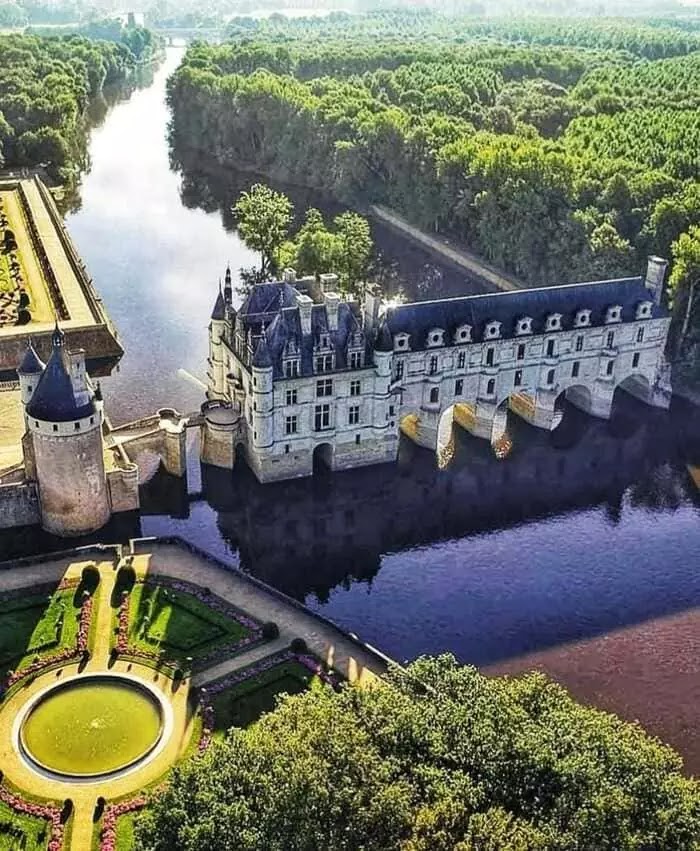Chilean Trip Interlagos
Chilean Trip
A famous person famously described Chile’s territory as “a crazy geography,” just as British author Sarah Wheeler recounted her experiences there in Travels in a Thin Country between the Pacific Ocean and the high Andes. For much of the country’s history, travel has been a unidirectional venture, with few alternatives by sea, train or road — rather different from Argentina, where there’ve been multiple routes suitable for road trips.
| Smoky Mountains |
This occurred to me late last year, when a New York reader wrote me about an upcoming literary trip to Chile — his book club takes it on the road — and asked for recommendations for a trip between Puerto Varas and Pucón that would avoid the motorway Ruta 5, the quickest (but least interesting) route between the two resorts.
Not so long ago, that would have more difficult. But, in recent years, the Chilean government has linked and improved a series of parallel easterly roads that provide a more scenic alternative along the lakes of the Andean front range. The Ruta Interlagos stretches from the town of Inspector Fernández, north of Temuco, south to the village of Puelo, southeast of Puerto Montt.
I recommended an itinerary to my client and, when I returned to Chile a couple of months later, I decided to follow the route (more or less) myself. It bears mentioning that the Interlagos is not a single highway, but a network of interconnected roads that pass through smaller towns and villages, not all of which are resorts, so there are multiple options.
My client started in Puerto Varas and so did I, spending a couple of nights in the new designer Hotel Awa, a multi-storey concrete, glass and girder structure on the city’s eastern outskirts. With views over Lago Llanquihue to Volcán Osorno’s perfect cone, it’s the area’s most technologically sophisticated hotel, but with rustic touches, such as hiding the TV in an old steamer trunk at the foot of the bed. At night, I dined on truffled pork loin, complemented by a barley-based risotto from its own vegetable garden and garnished with a hazelnut sauce.
TWO WAYS NORTH
From Llanquihue’s south shore, there are two ways north, on the west side via Frutillar or the longer east side route via Ensenada. I chose the longer route, which offers a detour up to the volcano’s ski area, which is open for hikers in summer, and then proceeded to picturesque Puerto Octay, a small north shore town with a metalclad church and turreted houses that evoke Mitteleuropa. On Octay’s outskirts, my choice for the night is Hostal Zapato Amarillo, a Swiss-Chilean B&B with sod-roofed cabins and personalised attention.
For my client, however, I recommended a small detour to Hotel Termas de Puyehue, a classic grand hotel at Puyehue National Park, about an hour north of Octay on the highway that runs from Villa La Angostura to Osorno. For arrivals from Argentina, this sprawling hot springs hotel, with nearby hiking trails, makes an ideal overnight or multi-day stay in what may be Chile’s closest analogue to Bariloche’s Hotel Llao Llao. Along this highway, there’s still abundant evidence of the 2012 Puyehue-Cordón Caulle eruption that buried much of the area in ash.
I didn’t stay at the Puyehue this time, instead heading north through the town of Entre Lagos toward Lago Ranco, a lesser visited destination that’s in the heart of Mapuche country. Along this segment, the signs declare that this is “Norpatagonia,” and, on a gravel surface with signs of improvement, the potholes were still muddy. As I approached the south shore town of Lago Ranco, I could spot Isla Huapi, an offshore island inhabited almost exclusively by Mapuches.
Here, in an area far more popular with Chileans than foreigners, I stopped for a sandwich before continuing east along a smooth paved road with plenty of scenic overlooks. The last time I had visited, a cable barge was the only means of crossing the Río Nilahue, but now modern bridges ease the route around the densely forested east side to the north shore town of Futrono. Here, almost opposite San Martín de los Andes, I spent the night at the Cabañas Nórdicas, a cluster of seemingly Scandinavian structures on a bluff overlooking the lake.

Comments
Post a Comment
Coomments